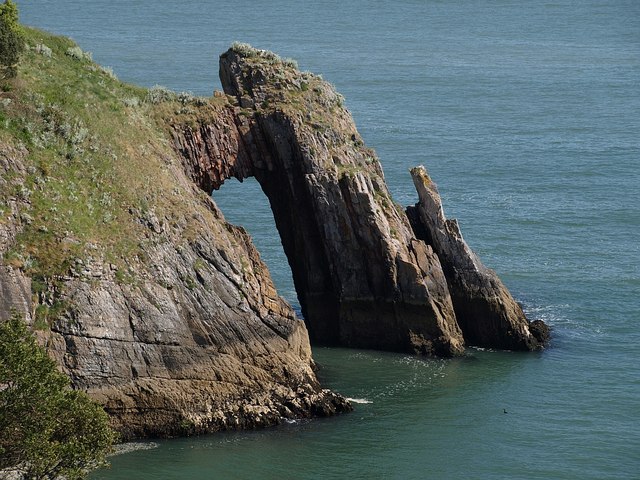Mysterious Sue
Strata Poster
Basically, a place to post your favorite geology photos, anecdotes and finds (because there are a few of us 'rock nerds' on CF and I thought it would be funny). Geology is everywhere under our feet every day - I love it because it's this secret world of clues that no one knows (or probably cares) about. But it can tell us what happened to a particular place, and what lived there, millions and millions of years ago <3.
So last weekend (my 31st) I visited Hunstanton. I'd already got the cred a few years ago, but I heard there was a great beach for dogs where they are allowed all year round Apparently, the locals call the place 'Sunny Hunny'. It wasn't too sunny on our visit - we had to retreat to a cafe at one point as a mist rolled in off the sea!
Apparently, the locals call the place 'Sunny Hunny'. It wasn't too sunny on our visit - we had to retreat to a cafe at one point as a mist rolled in off the sea!
The beach had some iconic, red and white stripy cliffs. They were laid down during the Cretaceous period (66-145 million years ago). Things were a bit more sunny in Hunstanton then, when it was below a warm, shallow sea (think balmy Egyptian coastline).

The top bit is chalk/limestone.
The middle is red chalk (turned red by the presence of iron).
The base layer is sandstone.
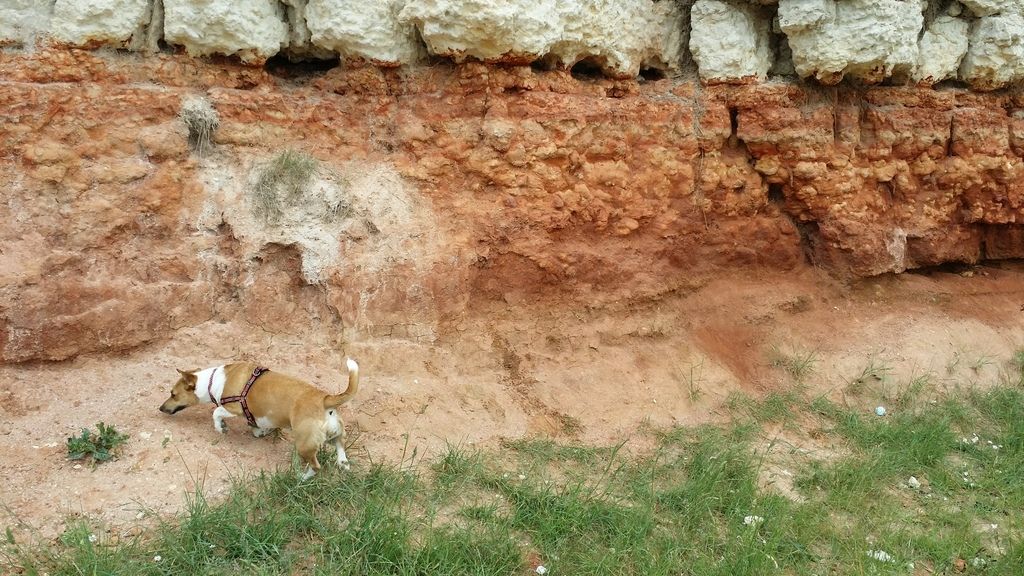
Saffron got involved
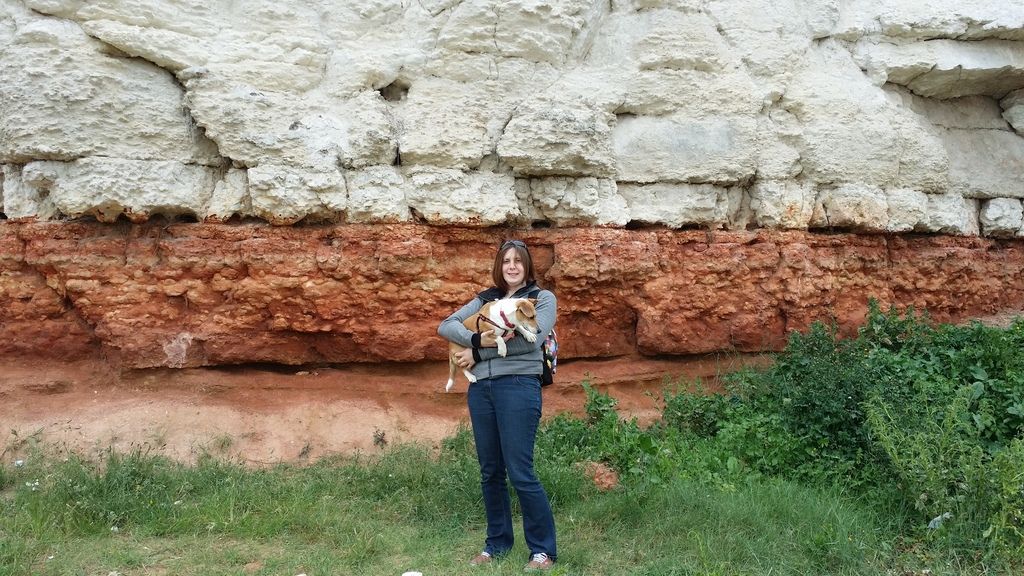
Posing in front of the cliffs
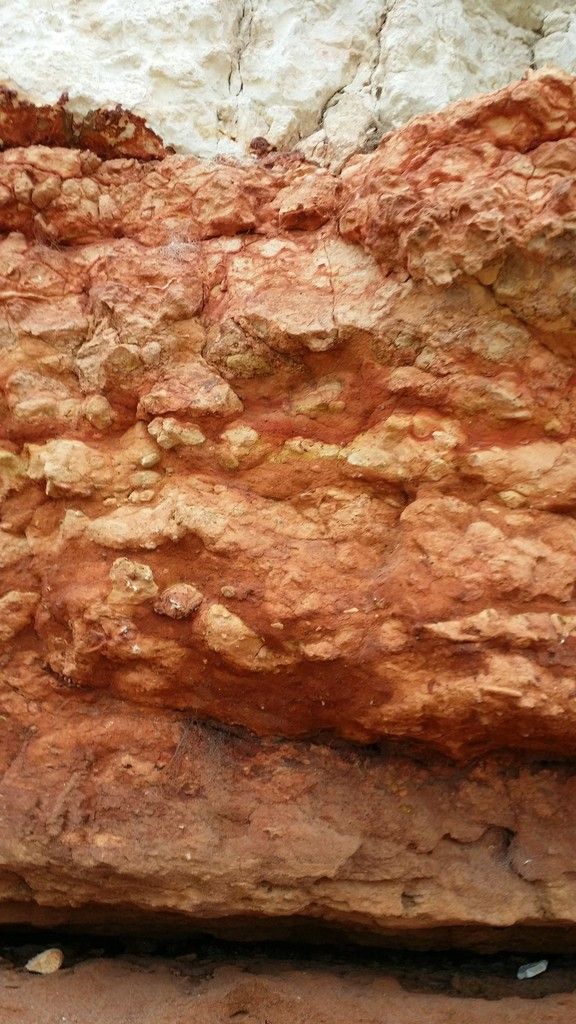
A close up of the iron-rich layer
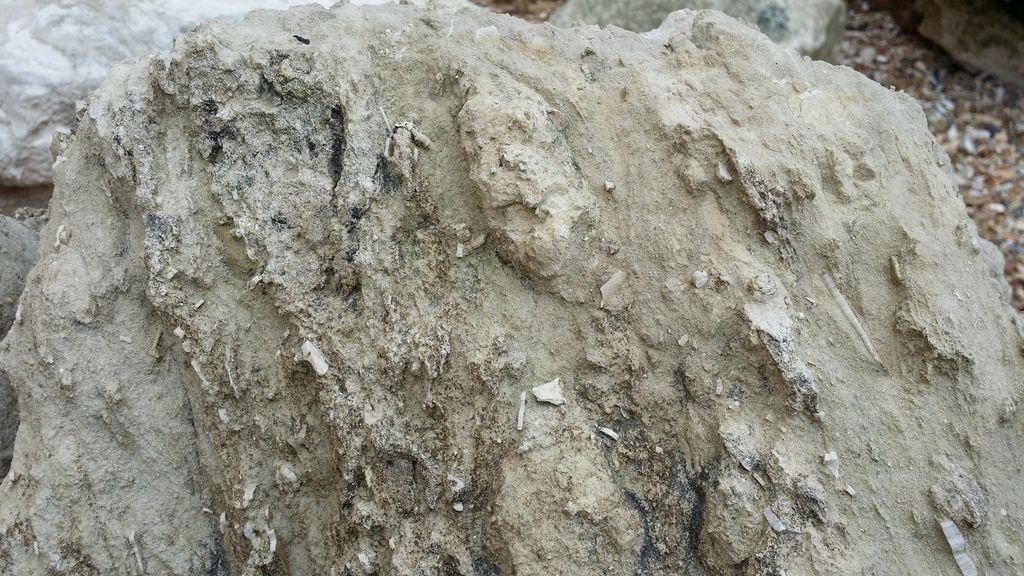
Some fossil fragments I found in the limestone layer - bits of shell, belemnite (a bit like cuttlefish) echinoid (sea urchin) and ammonite (like a giant floating snail).
He's my recreation of what Hunstanton looks like, then and now:
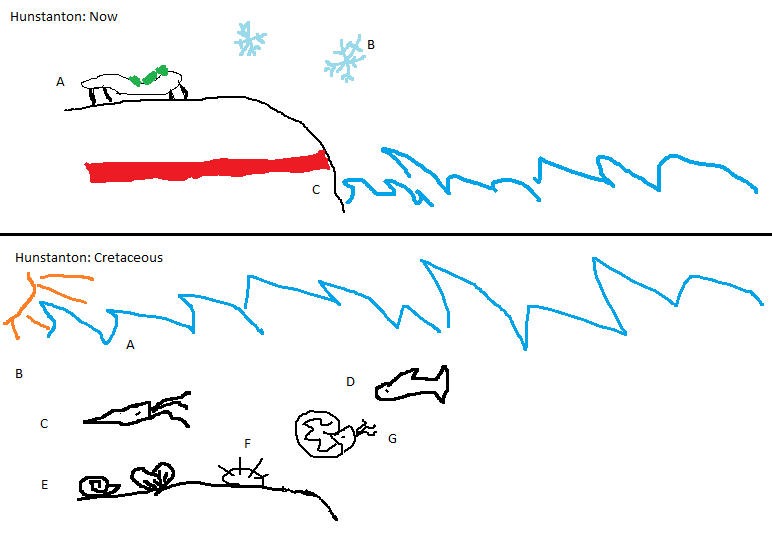
Now
A: Cred
B: Cold weather
C: Cliffs from dead Cretaceous things
Cretaceous
A: Higher sea level
B: Sunshine
C: Belemnite
D: Fish
E: Shells
F: Echinoid
G: Ammonite
So last weekend (my 31st) I visited Hunstanton. I'd already got the cred a few years ago, but I heard there was a great beach for dogs where they are allowed all year round
The beach had some iconic, red and white stripy cliffs. They were laid down during the Cretaceous period (66-145 million years ago). Things were a bit more sunny in Hunstanton then, when it was below a warm, shallow sea (think balmy Egyptian coastline).

The top bit is chalk/limestone.
The middle is red chalk (turned red by the presence of iron).
The base layer is sandstone.

Saffron got involved

Posing in front of the cliffs

A close up of the iron-rich layer

Some fossil fragments I found in the limestone layer - bits of shell, belemnite (a bit like cuttlefish) echinoid (sea urchin) and ammonite (like a giant floating snail).
He's my recreation of what Hunstanton looks like, then and now:

Now
A: Cred
B: Cold weather
C: Cliffs from dead Cretaceous things
Cretaceous
A: Higher sea level
B: Sunshine
C: Belemnite
D: Fish
E: Shells
F: Echinoid
G: Ammonite

